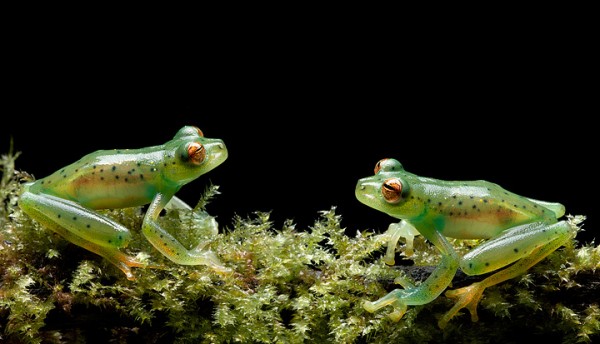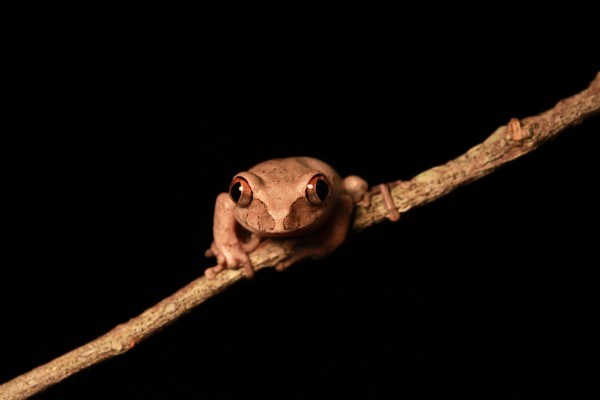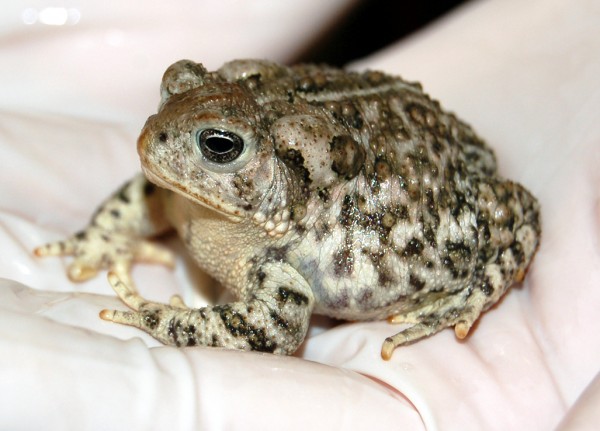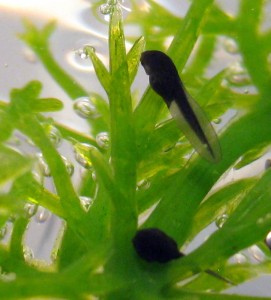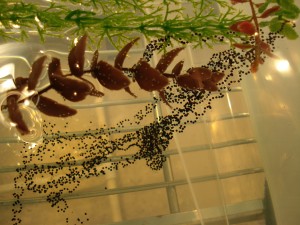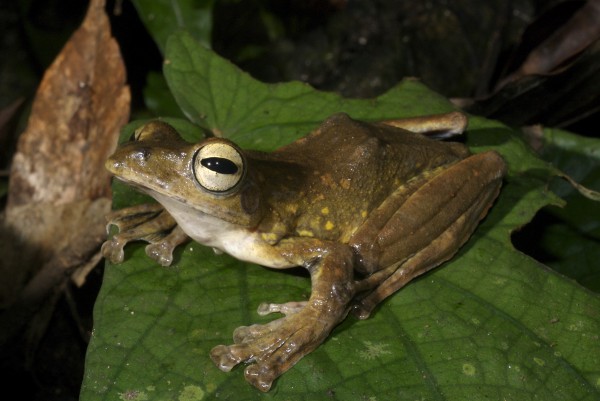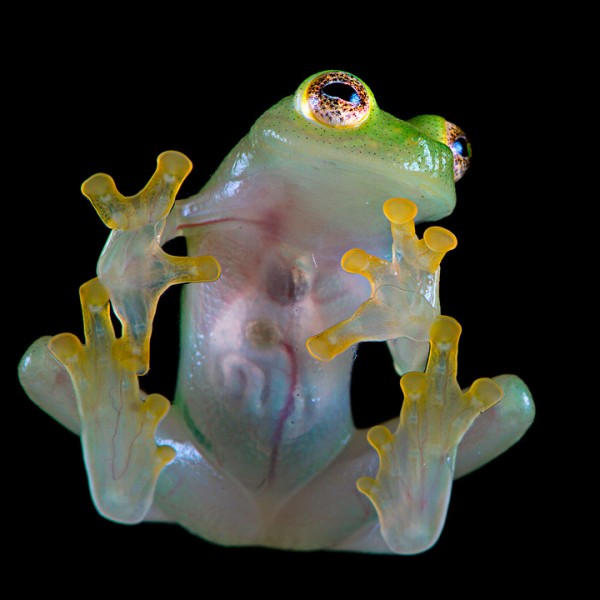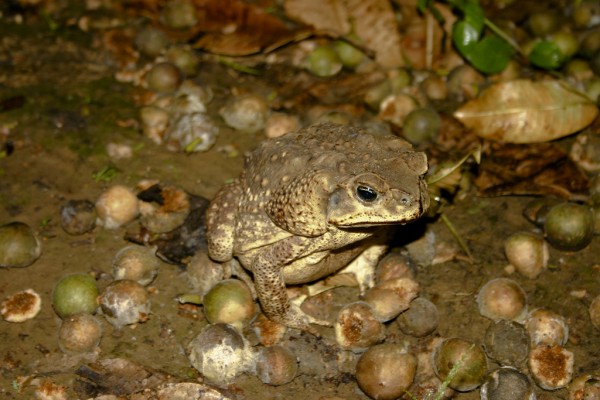
For centuries, frogs and toads have been maligned and scorned as agents of magic and witchcraft in Western culture. (Photo by Brian Gratwicke, Smithsonian Conservation Biology Institute)
It’s Halloween and superstition is in the air! So let’s start with something appropriate, like a bit of the witch’s spell from Shakespeare’s play Macbeth:
“Round about the cauldron go;
In the poison’d entrails throw.
Toad, that under cold stone
Days and nights has thirty-one
Swelter’d venom sleeping got,
Boil thou first i’ the charmed pot.”
For centuries, frogs and toads have been maligned and scorned as agents of magic and witchcraft in Western culture. Throughout most of Medieval Europe, witches were frequently accused of using our amphibian friends as familiars or ingredients in their potions.
In some European fairy tales, the frog or toad is often a stand-in for someone ugly or unwanted before some grand transformation. Look no further than the princess (or in some traditions, prince) who meets a frog that claims to be royalty. Only a kiss will set them free. I like frogs quite a bit, but I’m still not sure I’d kiss one, even if it is my happily-ever-after in disguise.
The threat of warts from toads may keep most people from kissing their beloved-to-be. However, this is another myth, one that modern science can easily dispel. The vast majority of warts in people are caused by human-specific viruses, something no one would be able to get from a frog or toad. Even though you won’t get warts, it’s probably still not a great idea because most toads and many frogs have poison glands on their body that could make you sick if you kiss them.
Despite the bad rap in Europe, frogs are almost universally praised around the world through a variety of other myths. Many of these myths and legends allude to fertility and life. However, since this is Halloween I’ll save that for another time.
— Andrew Franks, Zoo New England

